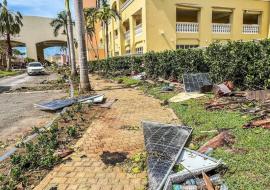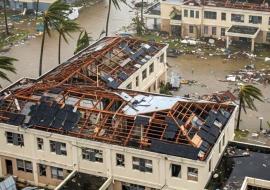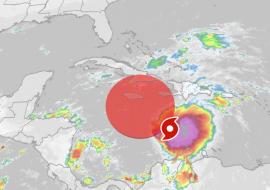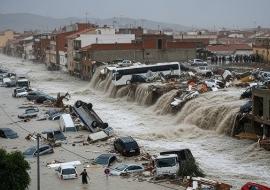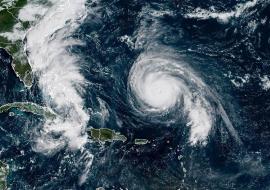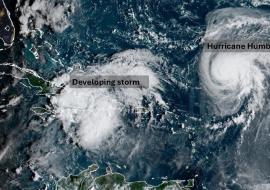La Niña Signals One of the Most Active Hurricane Seasons of the Decade
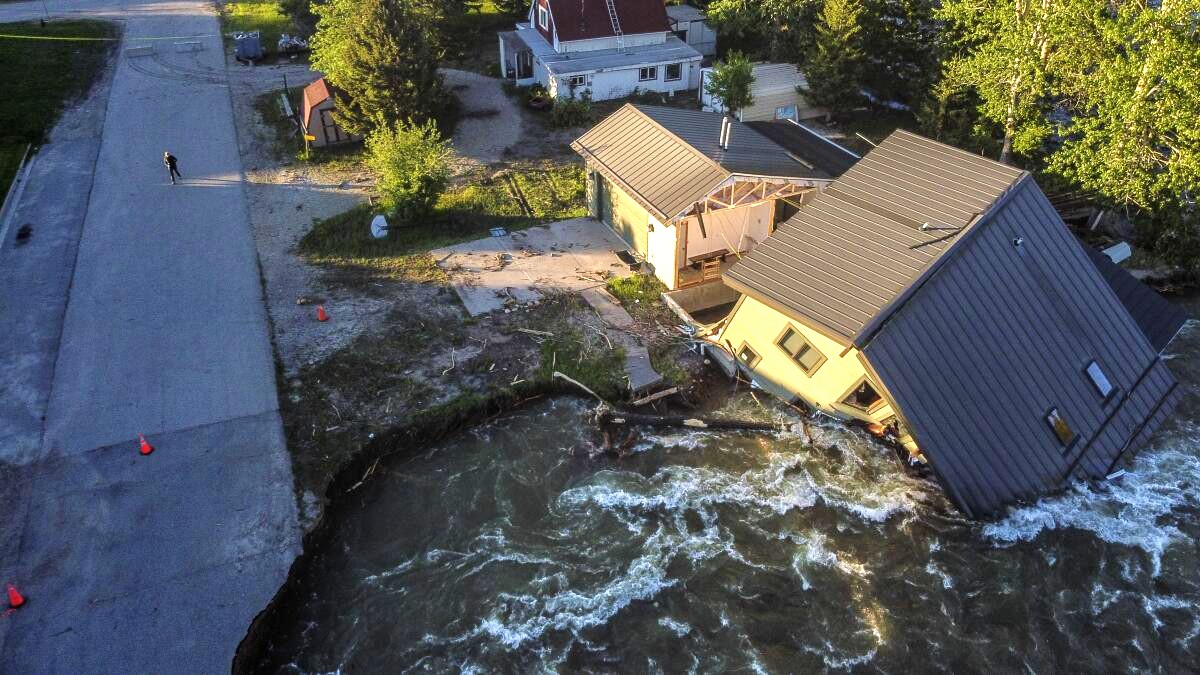
The weather phenomenon known as La Niña is playing a decisive role in shaping the 2025 Atlantic hurricane season, which experts warn could be one of the most intense and active in recent years. The combination of this climate pattern with unusually warm ocean temperatures is creating ideal conditions for a significant increase in the number of tropical storms and hurricanes, including several major ones.
What is La Niña and why does it affect cyclone formation?
La Niña is a natural climate phenomenon marked by cooler-than-average sea surface temperatures in the central and eastern equatorial Pacific Ocean. This change disrupts global atmospheric circulation. In the Atlantic basin, its most direct impact is the reduction of vertical wind shear—a factor that typically inhibits the development of tropical systems. With less wind shear, tropical storms are more likely to form, intensify, and remain active for longer periods.
This year, climate models indicate a moderate to strong La Niña phase. Coupled with record-high sea surface temperatures in the tropical Atlantic and Caribbean Sea, the conditions are particularly favorable for the development of intense hurricanes.
2025 Forecast
According to the latest report from the U.S. National Oceanic and Atmospheric Administration (NOAA), between 17 and 25 named storms are expected this season, with 8 to 13 of them likely to become hurricanes. Of those, 4 to 7 could reach major hurricane status (Category 3, 4, or 5 on the Saffir-Simpson scale). These figures are significantly above the historical average of 14 named storms, 7 hurricanes, and 3 major hurricanes.
Meteorologists are warning of a high probability of landfalls, particularly in regions such as the Caribbean, Central America, the Gulf Coast, and the southeastern United States.

La Niña’s Track Record
La Niña’s role in fueling active hurricane seasons is well documented. Some of the most destructive years for hurricanes have occurred under La Niña conditions. For instance:
-
In 2005, under similar circumstances, 28 named storms formed, including Hurricane Katrina, which devastated New Orleans, and Wilma, the most intense Atlantic hurricane ever recorded in terms of central pressure.
-
In 2010, another La Niña-influenced season, 19 named storms and 12 hurricanes developed, including Igor and Tomas, which caused widespread damage in the Caribbean.
-
More recently, in 2020, La Niña contributed to a record-breaking 30 named storms, including Laura and Iota. The latter became a catastrophic Category 5 hurricane that struck Central America just two weeks after Eta.







